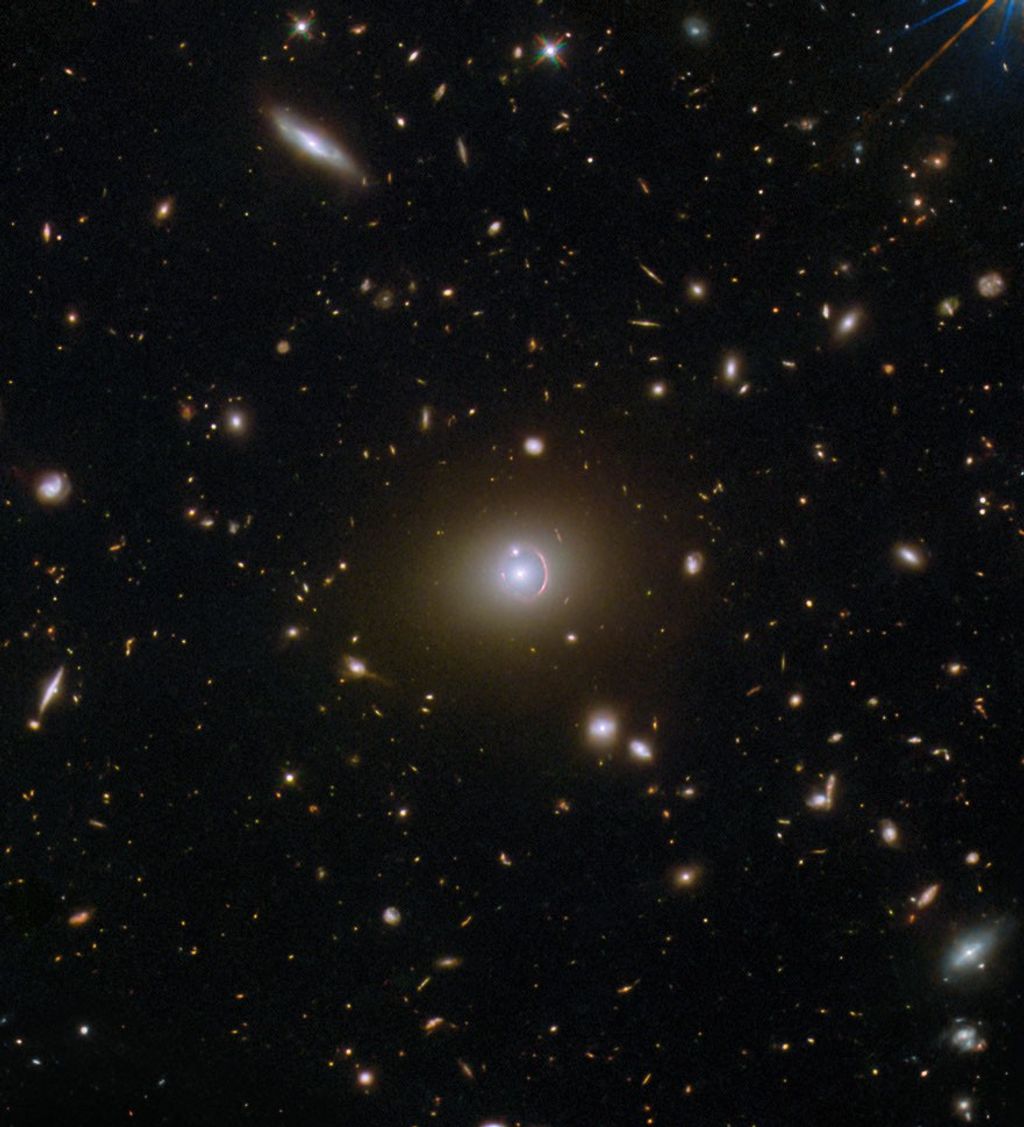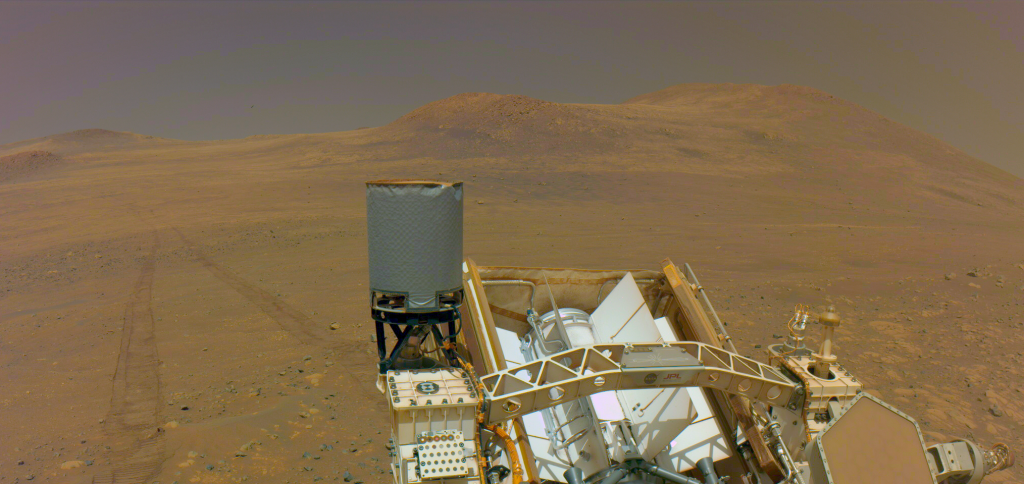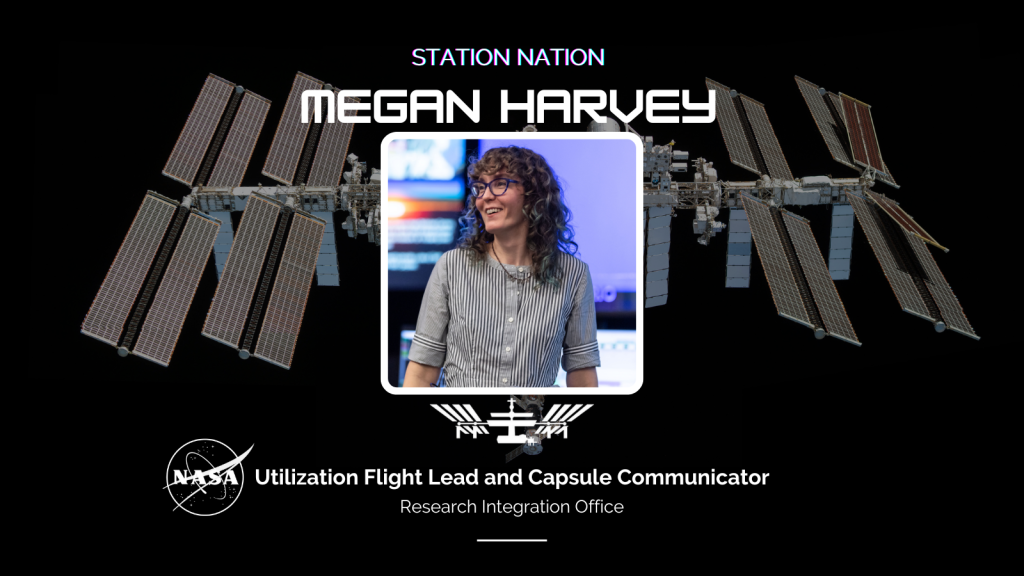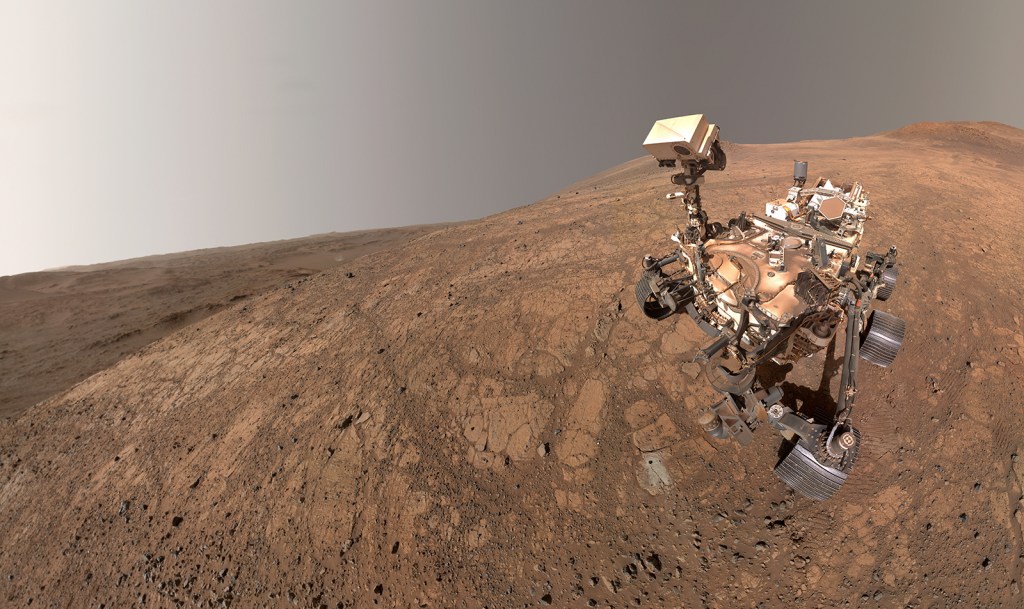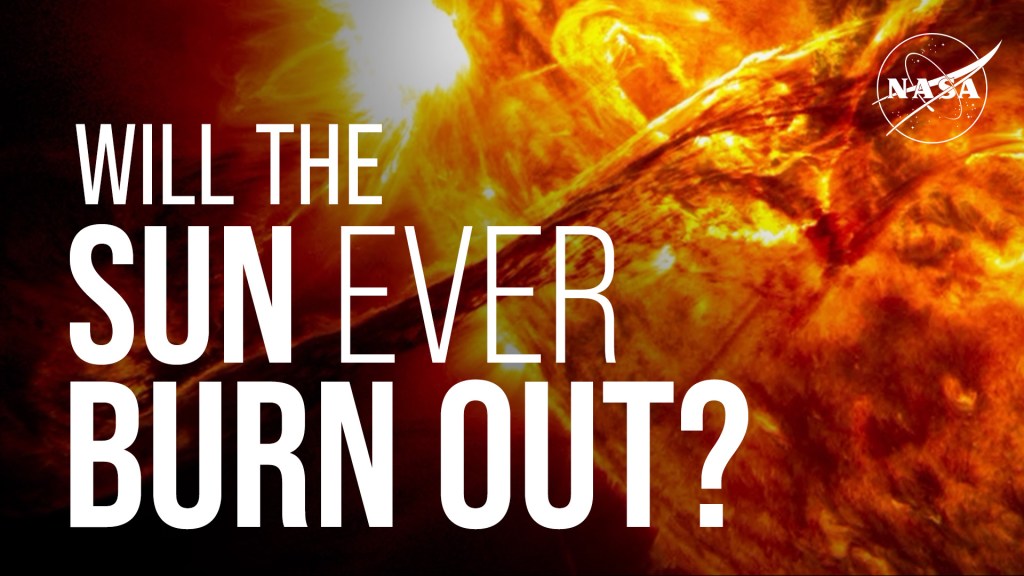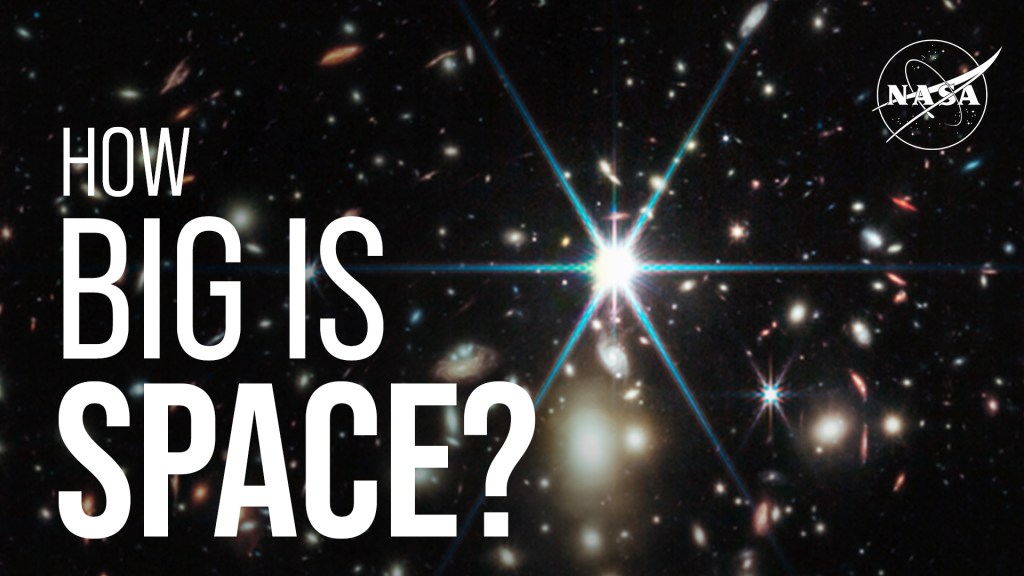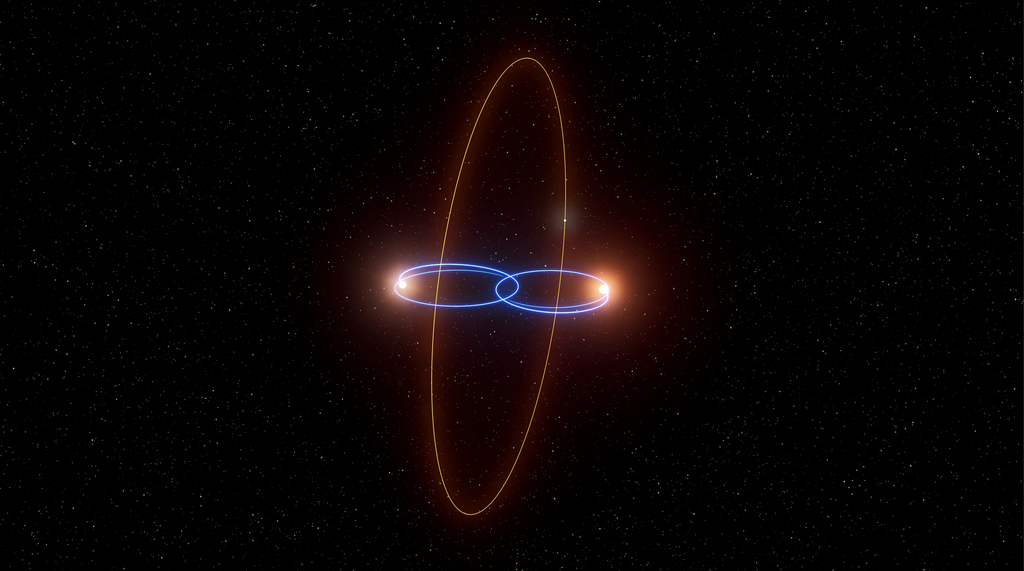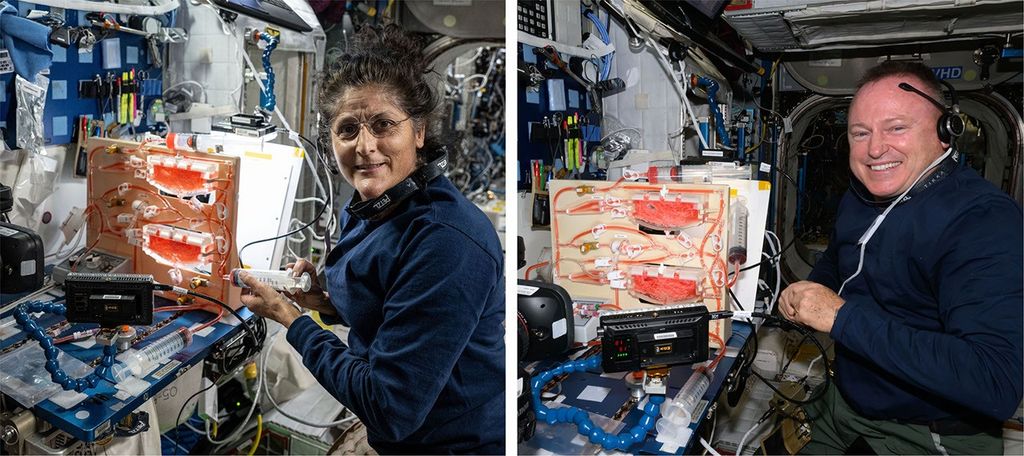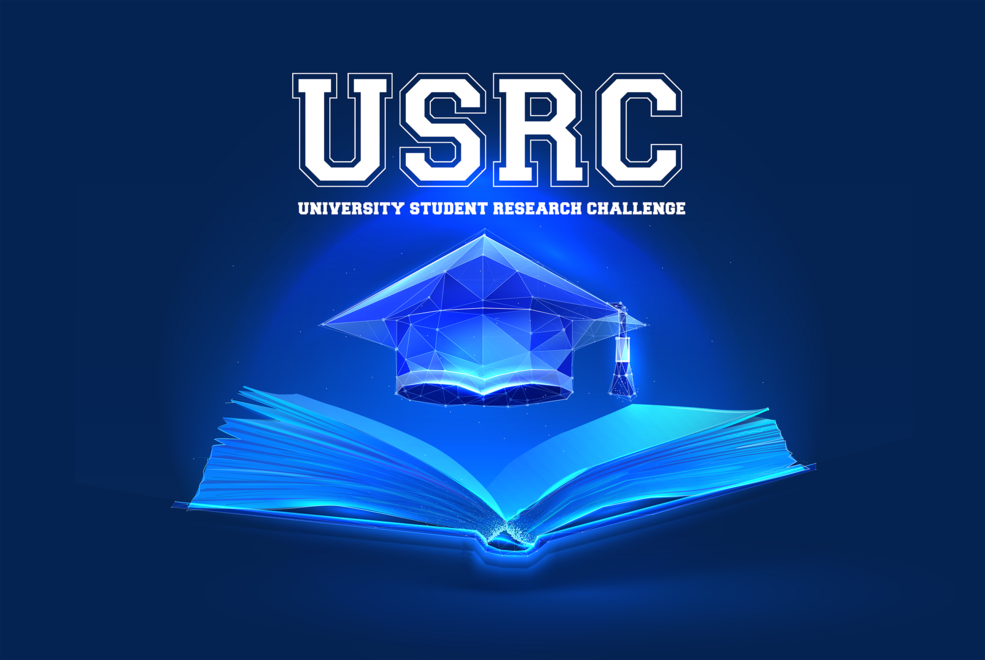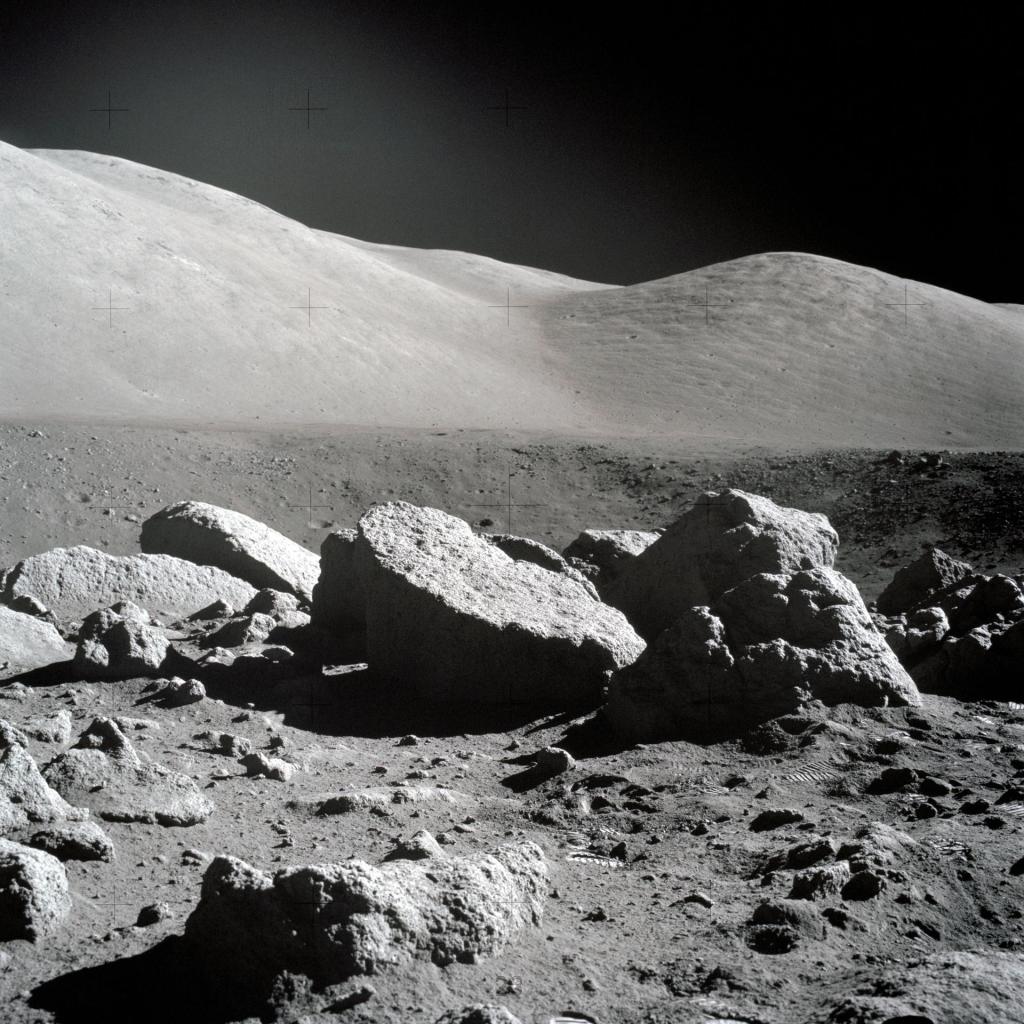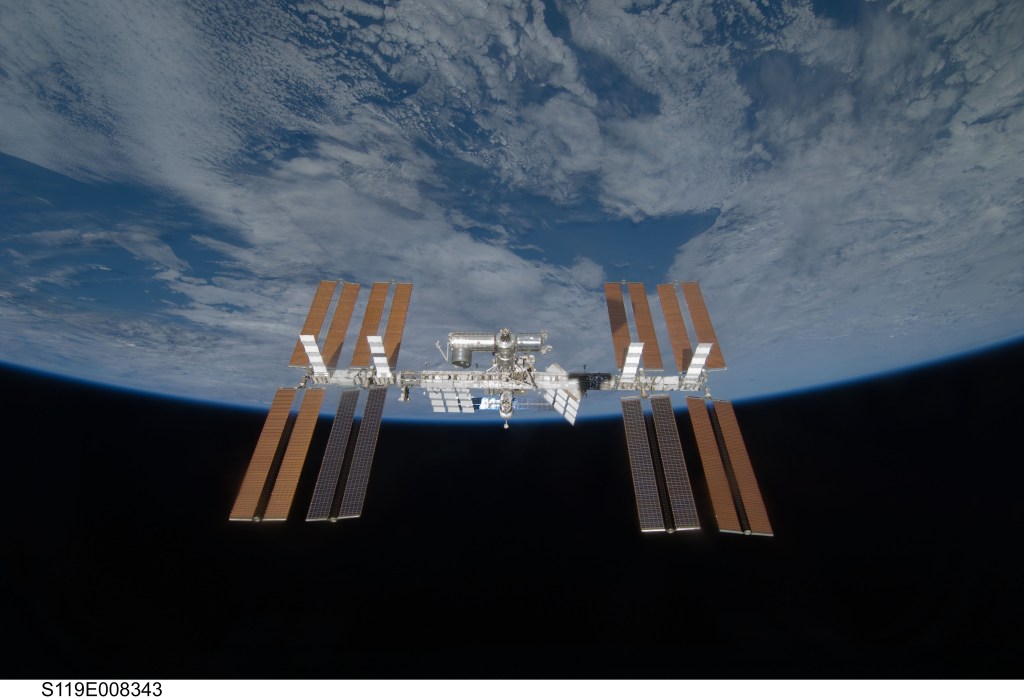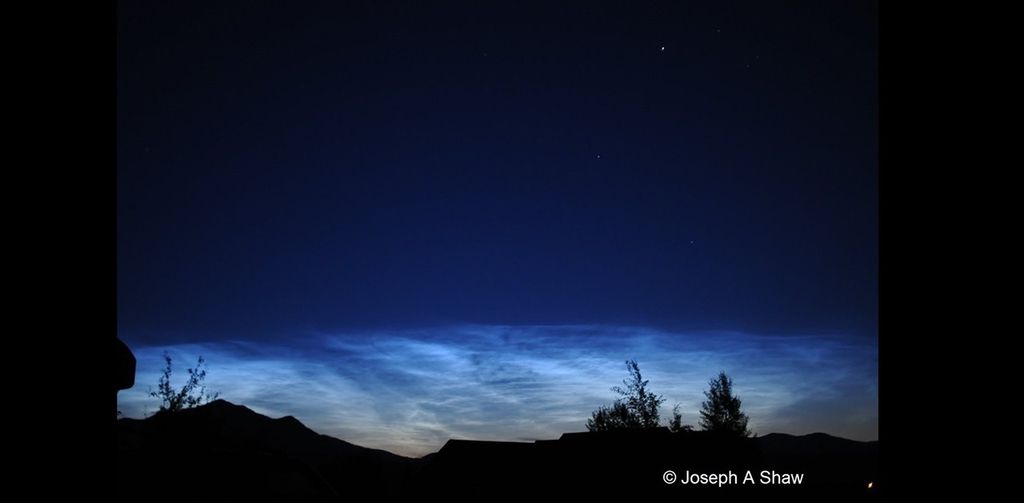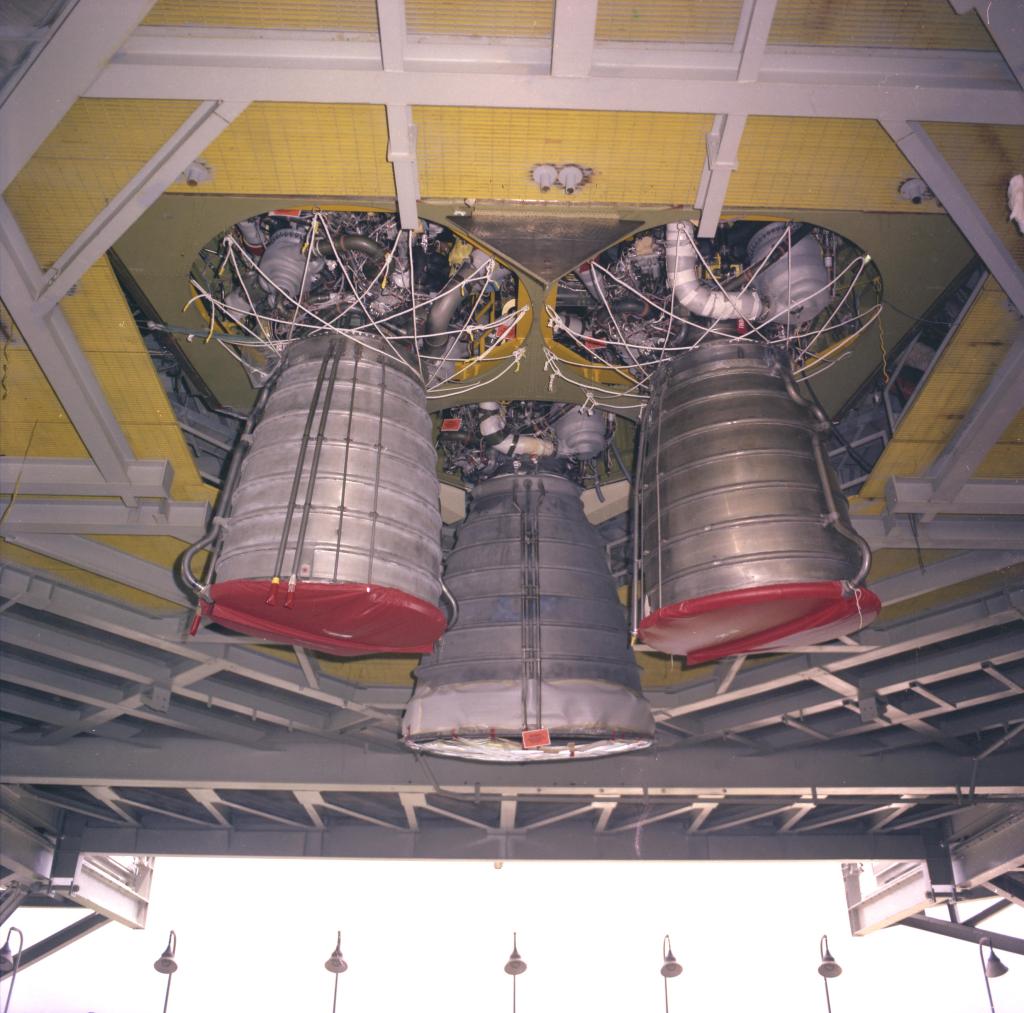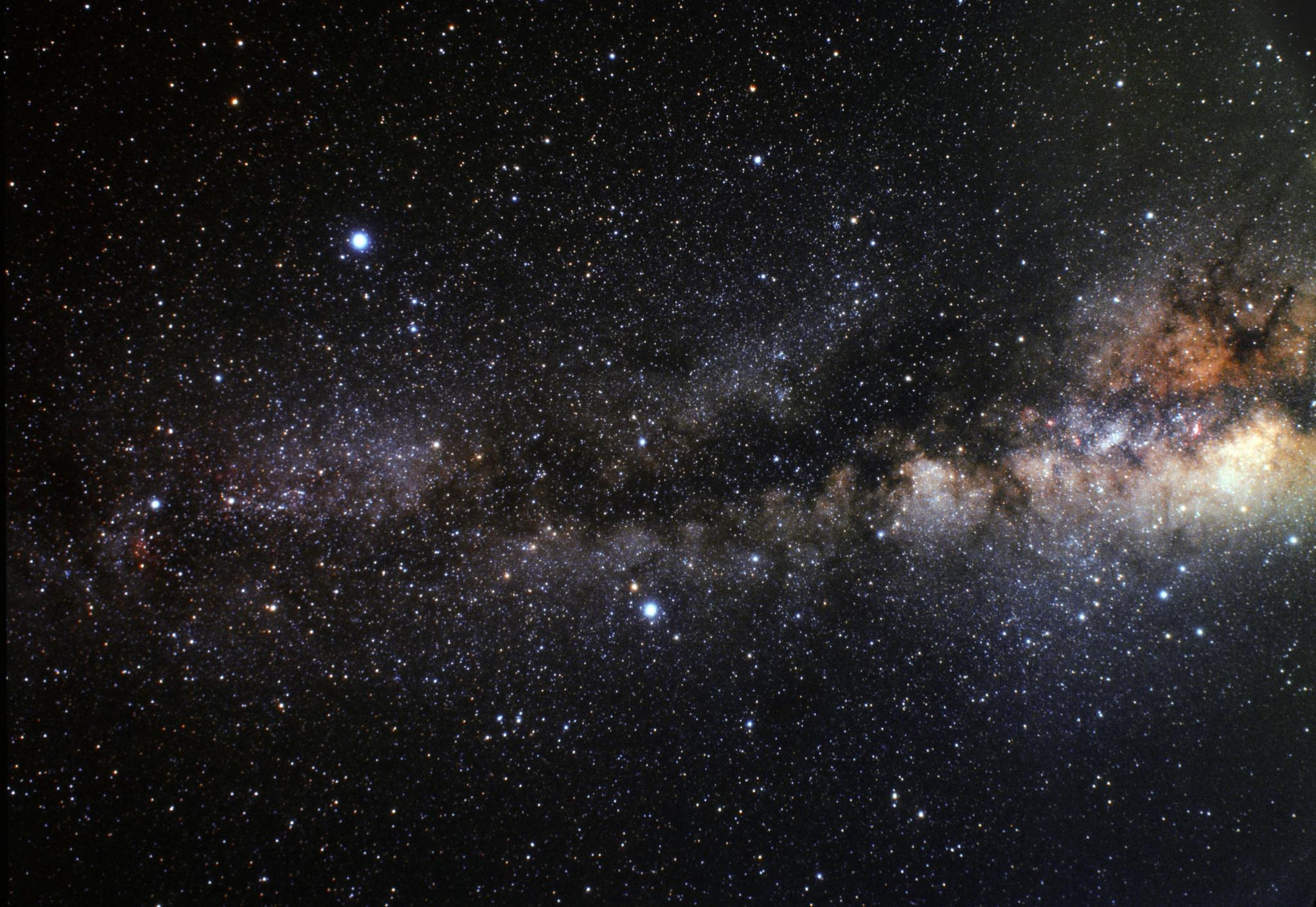One of the most bizarre theories about 2012 has built up with very little attention to facts. This idea holds that a cosmic alignment of the sun, Earth, the center of our galaxy – or perhaps the galaxy’s thick dust clouds – on the winter solstice could for some unknown reason lead to destruction. Such alignments can occur but these are a regular occurrence and can cause no harm (and, indeed, will not even be at its closest alignment during the 2012 solstice.)
The details are as follows: Viewed far from city lights, a glowing path called the Milky Way can be seen arching across the starry sky. This path is formed from the light of millions of stars we cannot see individually. It coincides with the mid plane of our galaxy, which is why our galaxy is also named the Milky Way.
Thick dust clouds also populate the galaxy. And while infrared telescopes can see them clearly, our eyes detect these dark clouds only as irregular patches where they dim or block the Milky Way’s faint glow. The most prominent dark lane stretches from the constellations Cygnus to Sagittarius and is often called the Great Rift, sometimes the Dark Rift.
Another impressive feature of our galaxy lies unseen in Sagittarius: the galactic center, about 28,000 light-years away, which hosts a black hole weighing some four million times the sun’s mass.
The claim for 2012 links these two pieces of astronomical fact with a third – the position of the sun near the galactic center on Dec. 21, the winter solstice for the Northern Hemisphere – to produce something that makes no astronomical sense at all.
As Earth makes its way around the sun, the sun appears to move against the background stars, which is why the visible constellations slowly change with the seasons. On Dec. 21, 2012, the sun will pass about 6.6 degrees north of the galactic center – that’s a distance that looks to the eye to be about 13 times the full moon’s apparent size – and it’s actually closer a couple of days earlier. There are different claims about why this bodes us ill, but they boil down to the coincidence of the solstice with the sun entering the Dark Rift somehow portending disaster or the mistaken notion that the sun and Earth becoming aligned with the black hole in the galactic center allows some kind of massive gravitational pull on Earth.
The first strike against this theory is that the solstice itself does not correlate to any movements of the stars or anything in the universe beyond Earth. It just happens to be the day that Earth’s North Pole is tipped farthest from the sun.
Second, Earth is not within range of strong gravitational effects from the black hole at the center of the galaxy since gravitational effects decrease as the square of the distance from it. Earth is 93 million miles from the sun and 165 quadrillion miles from the Milky Way’s black hole. The sun and the moon (a smaller mass, but much closer) are by far the most dominant gravitational forces on Earth. Throughout the course of the year, our distance from the Milky Way’s black hole changes by about one part in 900 million – not nearly enough to cause a real change in gravity’s pull. Moreover, we’re actually nearest to the galactic center in the summer, not at the winter solstice.
Third, the sun appears to enter the part of the sky occupied by the Dark Rift every year at the same time, and its arrival there in Dec. 2012 portends precisely nothing.
Enjoy the solstice, by all means, and don’t let the Dark Rift, alignments, solar flares, magnetic field reversals, potential impacts or alleged Maya end-of-the-world predictions get in the way.

